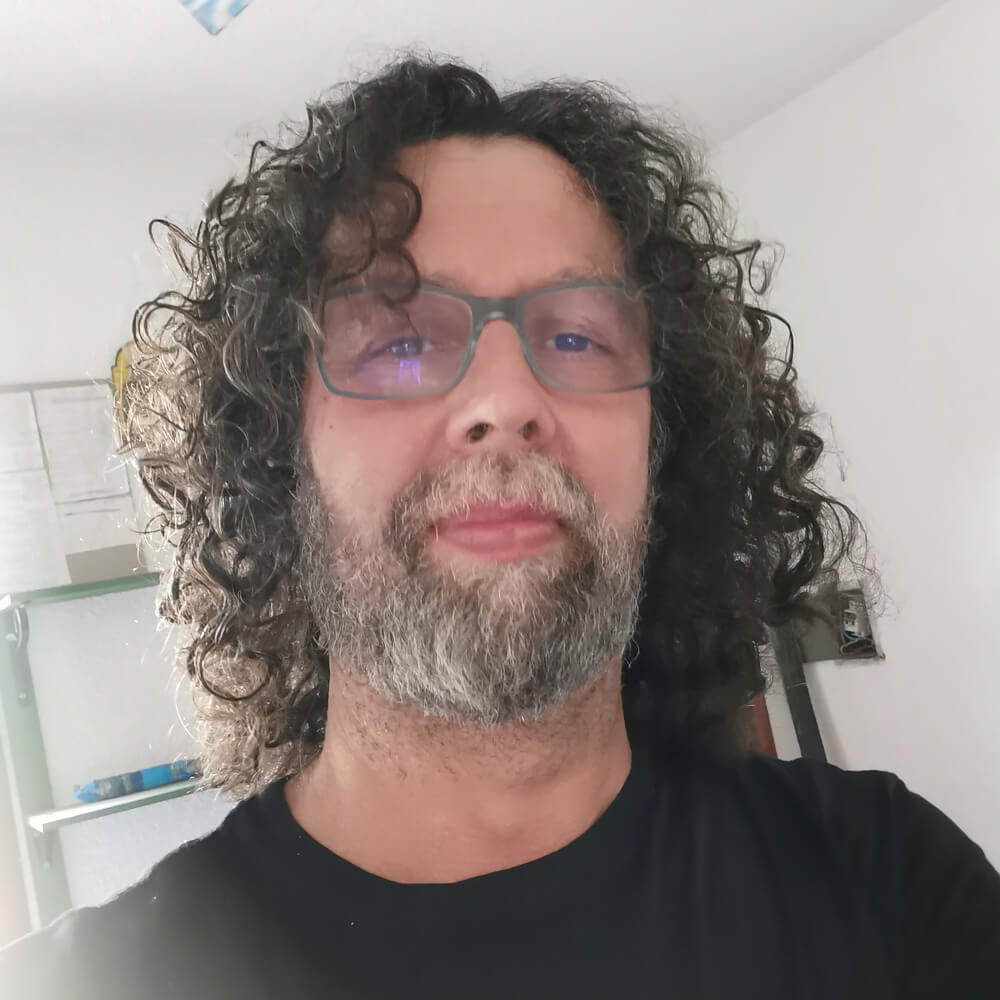I was born and currently reside in the city of Buenos Aires, Argentina. Since I was young I understood that I wanted to have many lives, that one life would not be enough to satisfy my desire to experience different realities. I was a lawyer, journalist, audiovisual producer, co-director of an alternative cultural space and a short film festival, cultural manager, teacher and, for more than eight years now, my obsession is to go out with my camera to let myself be surprised by people, places, situations, serendipities and that kind of beautifully unpredictable things.
I love walking the streets, they are my jungle. I enjoy observing their dynamics and details, talking to people, learning about their lives, strengthening bonds, and that permeates my work. I see everything transforming in front of me in combinations of people, lights, colors, shadows. Besides, I always felt like a fish in water among the crowds, whether at a sporting event, a popular festival or a protest demonstration. That energy lifts me up.
If I have to define genres, I could say that I do street, documentary and social photography, although I don't care about these kinds of labels. I wander, I interact, I search and search for myself, that's all. At this stage, in this life, what interests me most is to continue transforming myself through these experiences and evolving along with my photography.
AAP Magazine
AAP Magazine 36 Street